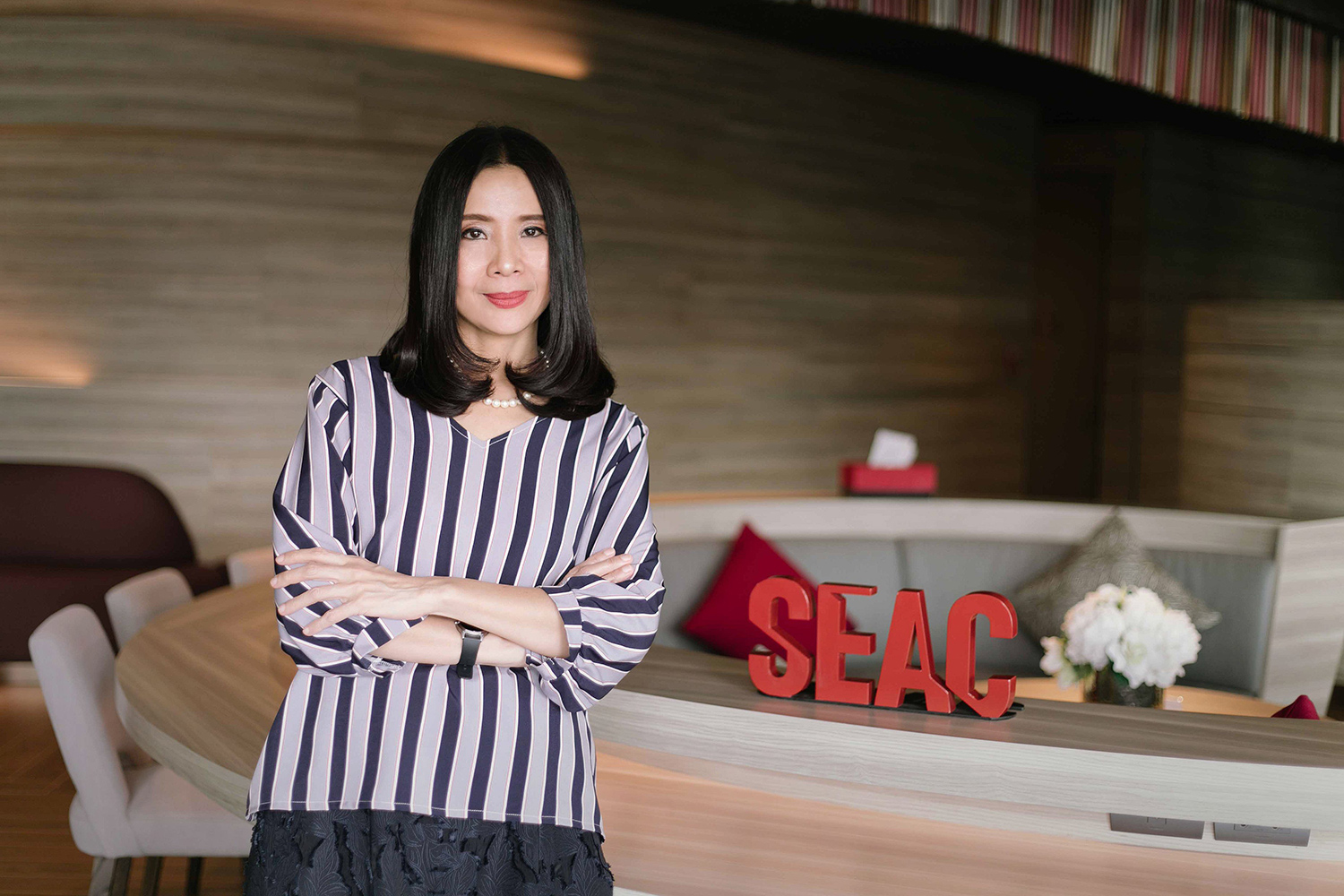
Covid has transformed many business systems but also raised many doubts about traditional talent management approaches. Some companies got agile, tech-savvy, and helped their talents contribute. However, this was often despite, rather than because of legacy talent management approaches.
People leaders today must be cautious as we ease into the Next Normal. The temptation to return to old talent management approaches is a mistake.
Talent management is lagging. In my company, workforce and recruitment plans went out the window with the pandemic. What replaced them evolved several times as conditions and constraints changed. The experience taught me some valuable lessons concerning talent systems.
My people couldn’t work as they had previously. They were being called upon to develop new products and work in new ways. For example, some of my trainers became keynote speakers and talk show/podcast hosts. They applied adjacent and unsuspected skills. By discovering what capabilities we had — and did not know we had — we found new ways they could contribute.
Amid the pandemic, we abandoned many legacy talent systems. They were not agile enough. Although this was relatively straightforward in a mid-sized company like mine, it pointed to a future of speed, transparency, and critical roles rather than career paths. People rather than system-focused thinking has become essential.
Human resources professionals now need to consider how talent management systems can serve organisations. In the past, we earmarked talents for specific roles or possibilities. Now, constantly changing possibilities demand more flexible and people-focused systems.
The future is “Ours” not “Mine”: Many larger companies face challenges in more effectively using the talents they have. Many talent systems were established in carefully guarded silos. This approach creates blind spots and duplication, missed opportunities and slow responses. Existing pools of skills not urgently needed in one business unit may be a matter of life in death in another.
Some experts want to replace siloed approaches with talent marketplaces. This is a great description and idea. Your talents can “sell” how they can help a much wider part of your organisation. However, leaders’ mindsets must shift.
In my organisation, once leaders knew who could help with what, they quickly learned to reach out and tap who they needed. By making the current opportunities and organisational challenges public, talents could step up and say, “I want to help with that.”
It was far from perfect, but it demonstrated how the future system might look. My leaders also soon learned to get out of the way of “their talent” contributing elsewhere. The focus became flexibility, growth, learning, and experience.
Where to start? Make talents findable and help them discover where they are needed. You need a clear idea of all the skills and capabilities at your disposal. This includes the ones you hired for and those that can provide you unexpected benefits.
I advise that you look beyond your full-time employees only. Organisations need to look at all their contributors, part-time, gig, partners, and so on. Ensure you are not leaving talent on the table. Look at previous employees. This diverse group can fill gaps and contribute in unexpected ways.
In my organisation, we have a large group we call professional talents. They are facilitators who do not seek full-time positions but are still equal members of our family. They have their passions and interests. In the crisis, we called upon them to contribute viewpoints and perspectives we did not have.
As we lost people through the crisis, talents who left years ago stepped in to fill critical gaps or provide urgently needed capabilities. None of this would have been possible without our very rudimentary marketplace.
Find a way to understand the capabilities you need next. Once you know what you have, you can then accurately determine your immediate priorities. Pay attention to how previous experience can contribute to your future needs. Can you find new sources of talents you have never considered before?
I have a team of young graduate talents who joined us during the pandemic. They have little experience between them. What they do have is insights and methods to provide entirely new perspectives. Given that we were moving into new fields in the crisis, we could overcome the lack of relevant experience with careful facilitation. They helped build a clear picture of the next-step requirements and freed other talents elsewhere.
When to start? Now is the perfect time to rethink your next-normal talent management strategy, systems and approaches. I cannot predict the future, but it cannot look like the past.
Arinya Talerngsri is Chief Capability Officer and Managing Director at SEAC – Southeast Asia’s Lifelong Learning Center. She can be reached by email at arinya_t@seasiacenter.com or https://www.linkedin.com/in/arinya-talerngsri-53b81aa. Talk to us about how SEAC can help your business during times of uncertainty at https://forms.gle/wf8upGdmwprxC6Ey9